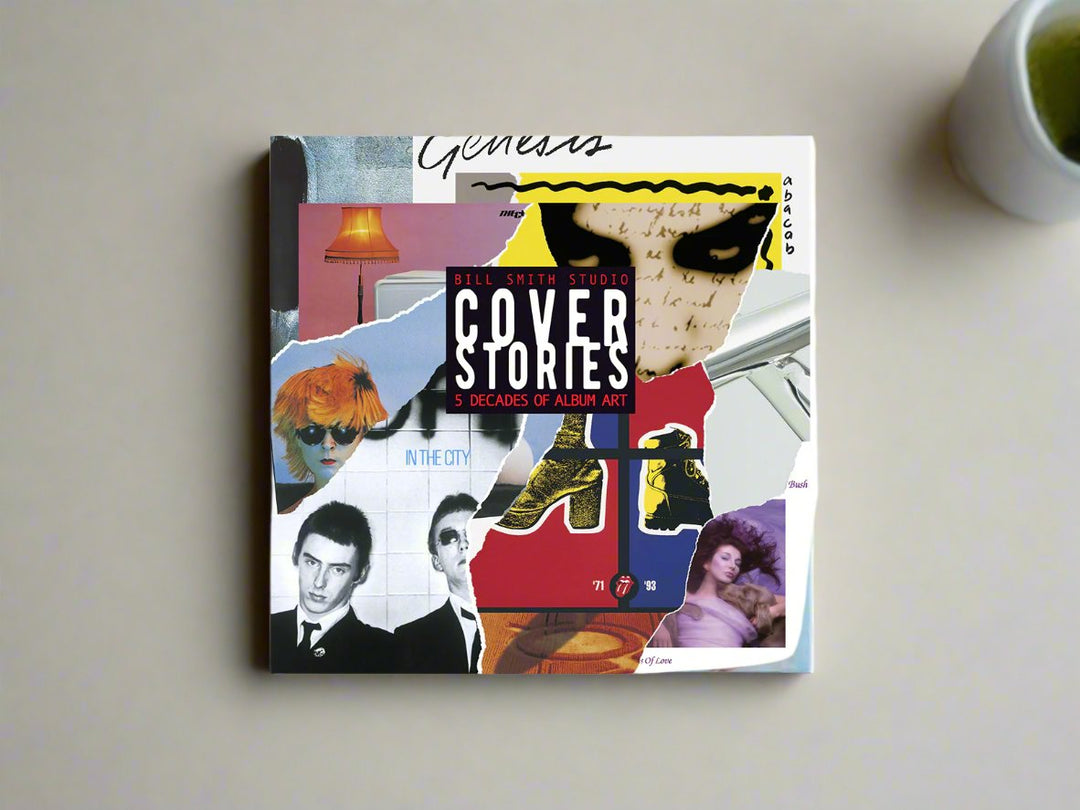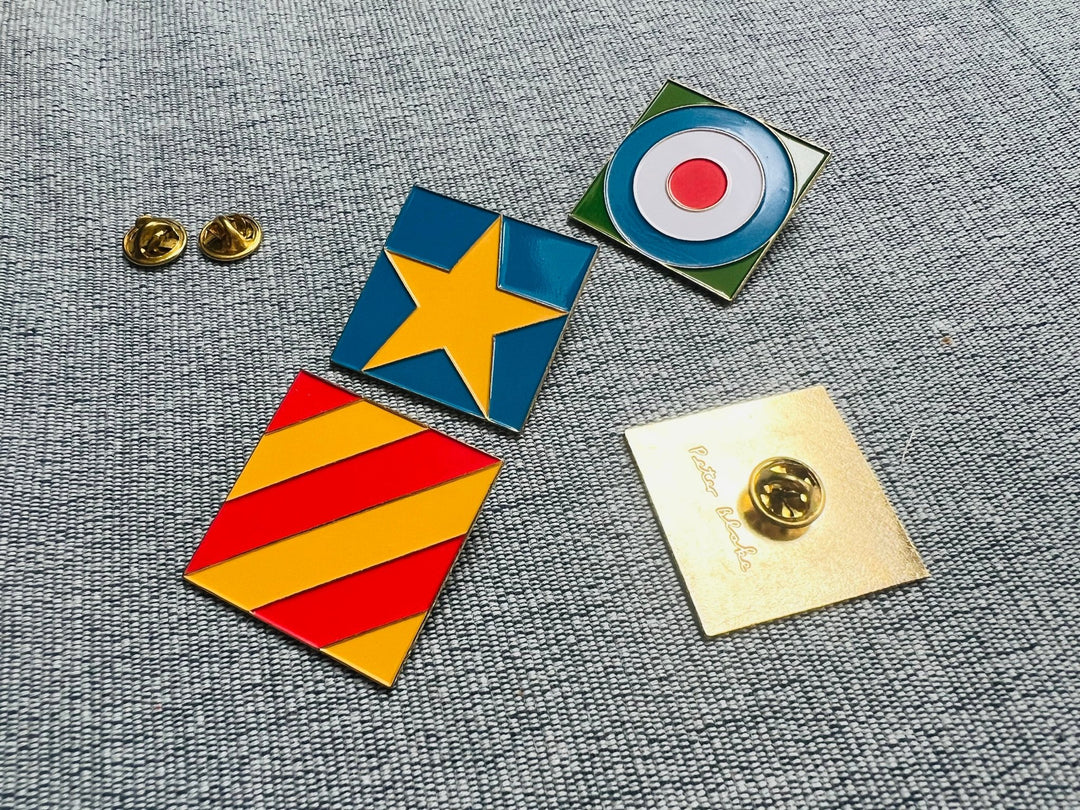Born in London in 1933
Brian Duffy's early years were lived in the landscape of WW2. He and his siblings were evacuated twice but returned to London, where Duffy enjoyed a wild, adventurous childhood. After the war, he attended a liberal school with a programme designed to expose its participants to a range of cultural experiences. The creative tendencies ignited here led Duffy to the door of St. Martins School of Art in London.
Having initially enrolled in an art course, Duffy swiftly transferred to fashion, an experience that proved invaluable in his later photographic career. He had gained a unique understanding of fabric, proportion, and how clothing could be shaped and captured on camera.
Introduction to Photography
In 1955 Duffy began freelancing as a fashion artist for Harper's Bazaar, where he became fascinated by photography. After working as an assistant to photographer Adrian Flowers, he received his first commission from The Sunday Times fashion editor Ernestine Carter. In 1957, Duffy joined British Vogue under art director John Parsons, working there until 1962. During this time, he collaborated with top models like Jean Shrimpton, whom he introduced to David Bailey, as well as Paulene Stone and others.
Duffy was one of the three photographers who defined the look of London’s ‘Swinging Sixties’. Together with David Bailey and Terence Donovan, they were affectionately named by Norman Parkinson as the ‘Black Trinity’, elevated to celebrity status, and known only by their surnames.
During the early 1960s
Duffy also contributed to the newly emerging Sunday newspaper magazines, which were revolutionizing British media. Alongside his fashion work, he gained recognition for his innovative advertising campaigns, particularly his surrealistic ads for Benson & Hedges cigarettes in the late 1970s. His ground-breaking campaign for Smirnoff vodka during this period further cemented his reputation, with many of the concepts he pioneered still being referenced in advertising today.
In 1965
Duffy was invited to shoot his first Pirelli calendar, a highly coveted assignment in the photography world. He returned to shoot two more Pirelli calendars in 1973, including one that featured Cinturato truck tyres, showcasing his versatility and ability to bring high fashion sensibilities to commercial work.
Bowie
Arguably, one of the most defining collaborations of Duffy's career was with David Bowie. Between 1972 and 1980, the pair worked together on five sessions, including three of Bowie’s album covers: Aladdin Sane, Lodger, and Scary Monsters. The Aladdin Sane cover, with its iconic lightning bolt, became one of the most recognized images in music history.’ In 2013, a still from the original contact sheet was selected as the lead image for the Victoria & Albert Museum’s blockbuster exhibition David Bowie is.

The Duffy Archive
Established in 2008, the Archive would ensure that Duffy's extensive body of work would continue to be celebrated and studied. Since then, his photographs have been exhibited in major museums and galleries around the world. In 2010, Professional Photographer magazine named Duffy one of the 100 most influential photographers of all time, acknowledging his significant contributions to fashion, portraiture, and advertising.
"I’ll tell you something that I’ve always been amazed at is looking into a camera lens at someone - and they just change"
Today, Duffy is remembered as a true innovator and remains highly regarded as a ‘photographer’s photographer.’






